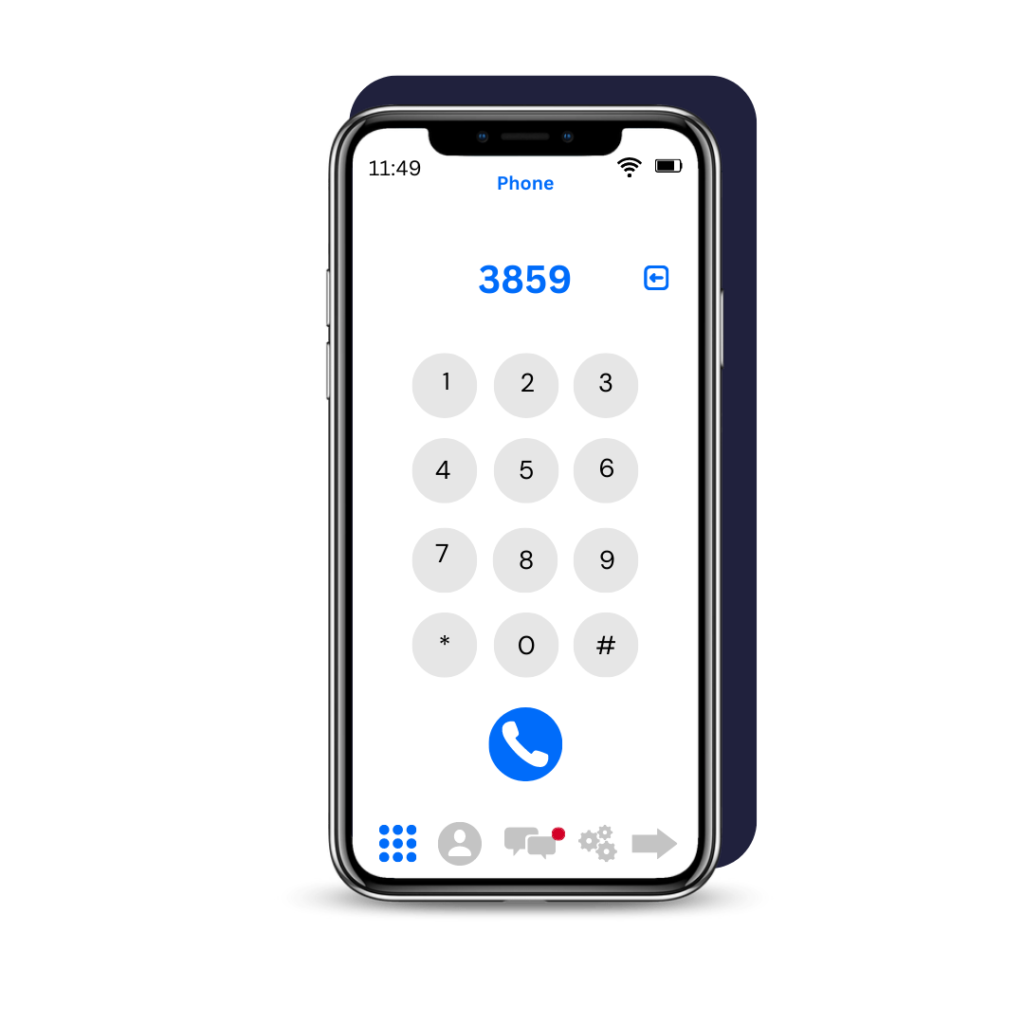Businesses usually use digital or analogue telephone lines for both receiving and making calls. The most commonly used virtual line that has replaced physical lines is SIP trunking, as it allows businesses to connect all kinds of voice calls via the internet, allowing more flexibility and security. The question remains, what is ISDN and what does a SIP service accomplish? Read on to explore ISDN Vs SIP.
Circuits/Hardware
ISDN provides you with a physical connection as opposed to a wireless type. A BT engineer brings this into your building through a BT exchange along with a small box or with a few small boxes that are installed throughout your building. These are all physically connected throughout the building. Every ISDN30 circuit consists of a total of 30 trunks/channels and is one box; additionally, every ISDN2 circuit includes two trunks/channels in a single box. As an example, an eight-channel ISDN2 would consist of a total of 4 small boxes for installation to work correctly.
SIP trunking is different as the connections are virtual. You can choose how many trunks you have, but there will be a few restrictions. These restrictions are based on the total bandwidth you have and the overall data connection speeds available, but one certain thing is the fact that no physical termination hardware is required inside the building.

Scale/Growth
When comparing ISDN Vs SIP, scaling up and down is an important thing to consider. When you choose to scale up, ISDN needs the installation of new circuits along with more ISDN boxes. ISDN2 allows for an upgrade in increments of 2 channels/trunks at once. Now when it comes to ISDN30, there is a total of 30 channels in the pipe that is installed, and what is great is that anywhere from 8 to 30 channels can be unlocked. When more than 30 channels are required for installation, then an ISDN30 is necessary.
With a SIP service, the number of channels supported is only limited by the bandwidth of the data connection. As SIP runs on the business’s existing WAN, it can be expanded and scaled back to meet the needs of the company. Assuming that the bandwidth of the Internet connection is available to support it, SIP can be split into as many lines as is required. This makes SIP vastly superior to ISDN in terms of scalability.
Backup/Redundancy
There are limited backup options offered by ISDN when the BT exchange takes place as it should be possible to divert an external number in a different area. What this means is that other numbers (such as mobile numbers) can redirect to a single number. This allows you to make a business call from a wireless device while at the same time appearing on the other line as the company number, which allows an enormous amount of flexibility in a business. There are additional redundancy options available for network setup and telephony solutions. Should anything in the network malfunction it is important to take the time to check the entire system to ensure everything is installed correctly. Hardware failure is common so if anything is damaged make sure you repair and replace the necessary parts.
It is recommended with SIP trunk solutions that you have a backup ethernet line available. The reason for this is that a physical backup allows you to remain connected at all times. ISDN2 is an emergency option that needs to be considered when SIP malfunctions. Connect the hardware to SIP trunks as well as the ADSL/Fibre connection in the proper places with the router to keep the internet connection in the same building. Keep all redundancies such as firewalls and other connections in place to produce a safe and reliable network and environment.
Cost ISDN vs SIP
ISDN’s cost is per channel for every month. One installation fee is required at the beginning of startup and in addition to this a monthly charge for each channel. There are rental fees in the works for DDI number as well as a monthly service for things like CLI.
There is usually a one off for the connection with a SIP service, and then a monthly fee charged for each trunk required. There is a lot of data associated with ISDN, so keep that in mind as you may think that the SIP trunk is cheaper.
Capacity/Planning
Plan running these channels well in advance if you would like to have reliable connection.
When you properly plan everything you can increase the number of ISDN channels you have in total. More telephony hardware may be necessary which requires more installation and lead time.
To add another SIP trunk is a simple and quick process, all you have to do is select however many more channels that are needed for direct connections. It is simple and very easy to scale or reduce to meet the needs of the organisation.
As you can see, there are many things to consider when looking at ISDN Vs SIP and the SIP service in general. We’d love to answer any questions you might have, call us today on 01252 241000.






